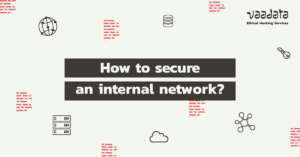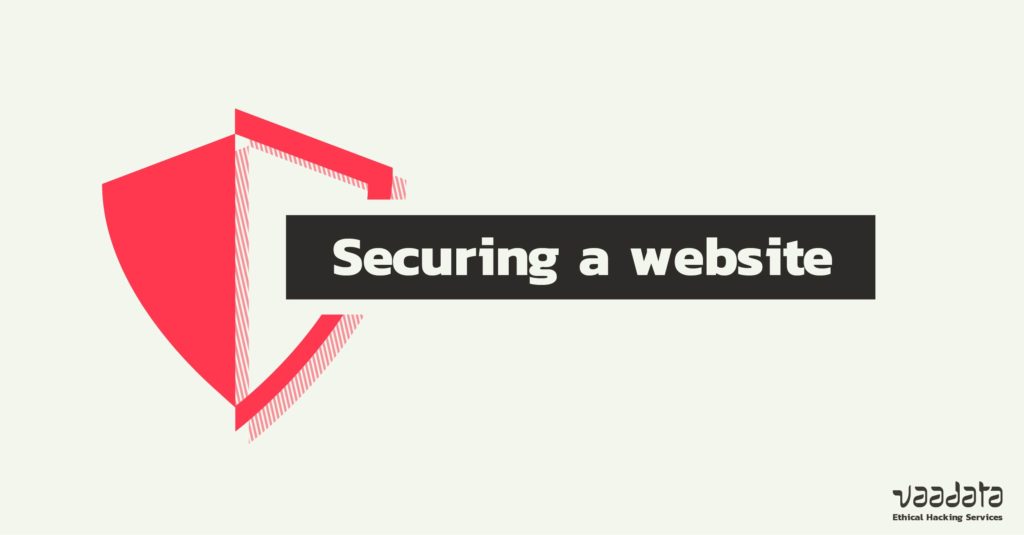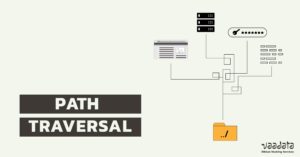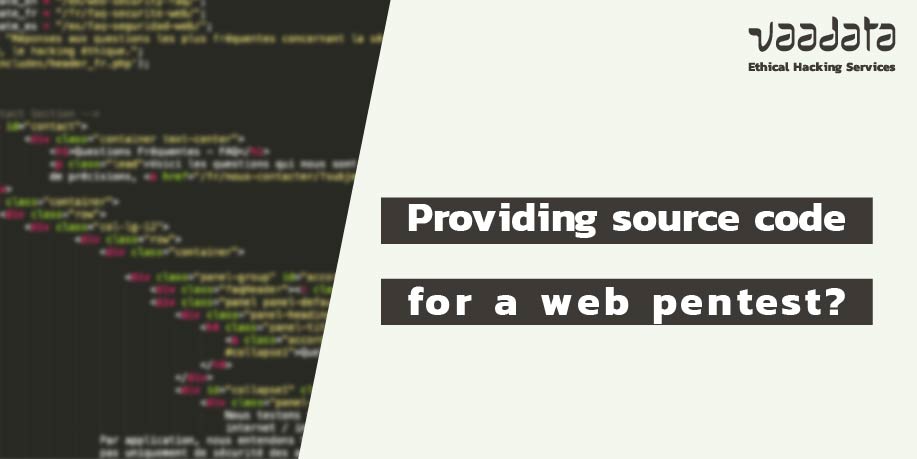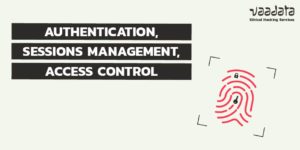Logistics organisations are confronted to the challenge of relying on new digital solutions without compromising their security.
Facing a booming market, new technologies have indeed become a real performance lever. But their adoption brings increased cybersecurity risks with them. The concern is now to benefit from the advantages of these tools while protecting their information systems.
This is where a penetration test will help to strengthen the level of security, as it allows to verify the risk set by attackers on a given target. For a logistics company, it will assess the security of web solutions, control software, intelligent sensors, etc. against cyberattacks.
What are the priorities during a penetration test for a company in the logistics sector?
Here is an overview of cybersecurity issues we frequently encounter and that may be specific points of attention.



